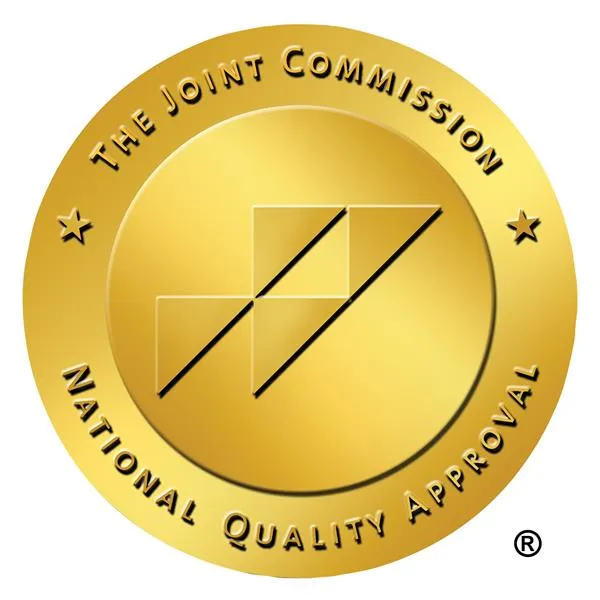In the world of healthcare, nursing is known to be one of the most challenging professions. And it’s made even more difficult during winter when travel nurses have to balance their professional responsibilities (plus a surge in hypothermia cases and road accidents that abound during winter) with dealing with subzero temperatures, shoveling snow, and avoiding black ice on the roads.
Last month alone, severe snow and storms caused 55 deaths in different parts of the US. The harsh weather is forecasted to return to parts of the Midwest and Northeast just around Valentine’s Day. Travel nurses get assignments in different parts of the country, and winter weather is simply tougher in certain states than in others. This is why it’s important to come to work prepared and protected against freezing temperatures and winter hazards.
Aside from wearing layered clothing to avoid frostbite and proper footwear with enough traction to prevent slips and falls, we’ve compiled hot tips that travel nurses can use to stay safe and warm while they work in frigid winter weather.
Stay in the know
Knowledge is not only power, it’s also comfort and safety. Before you leave the house, make sure that you’re aware of the weather forecast for the entire day. It’s also important to know what the different National Weather Service warnings and advisories mean to help you properly prepare in terms of what to wear and which things to bring when going out.
If you’re driving or commuting to work, make sure that you watch or read up on local weather news reports to know if there are road closures, detours, and travel delays. Check out public transportation services’ updates. For example, NYC’s Metropolitan Transportation Authority (MTA) publishes service statuses for the city’s subway, bus, and rail services on its website and also posts updates on X.
Winterproof your car
Take the time to check your car before you leave the house to prevent unnecessary car damage or worse, accidents, from occurring.
Make sure that your windshield wiper is turned off before you start your engine, and when you turn your engine on, you should also switch on the warm air blower and the window heaters. As the car warms up from the inside, you can start to sweep or scrape off the snow from your car, especially the windshield, windows, and lights. Inspect your car’s tires and ensure the air pressure for each one is filled to the manufacturer’s recommended inflation pressure.
The Automobile Association (AA) also provides a checklist of important things to keep your car winter-ready, which is essential for travel nurses who get assigned to different states.
Mind your nutrition and hydration
When it’s cold, it’s normal for people to gravitate toward comfort food. Unfortunately, a lot of our cold-weather cravings are not always healthy options. Go for warming food that’s full of healthy ingredients: soups with lean meats and fiber-rich ingredients including beans, whole grains, and vegetables. Winter is also the perfect time to consume citrus fruits that support immune and heart health via citrus hot teas, marmalades, salads, and baked goods.It’s also important to stay hydrated during winter. It might be easier to forget to drink liquids when temperatures are lower because we tend to feel less thirsty when it’s cold, and this can lead to winter dehydration. And even though you might be tempted to drink large quantities of hot coffee when it’s cold out to stay warm and cozy, try to limit it to a cup or two per day. Coffee is a diuretic, which could prompt the body to urinate more and cause dehydration. Instead of increasing your coffee intake, sip hot drinks, such as herbal teas, or eat more clear soups or broths.

